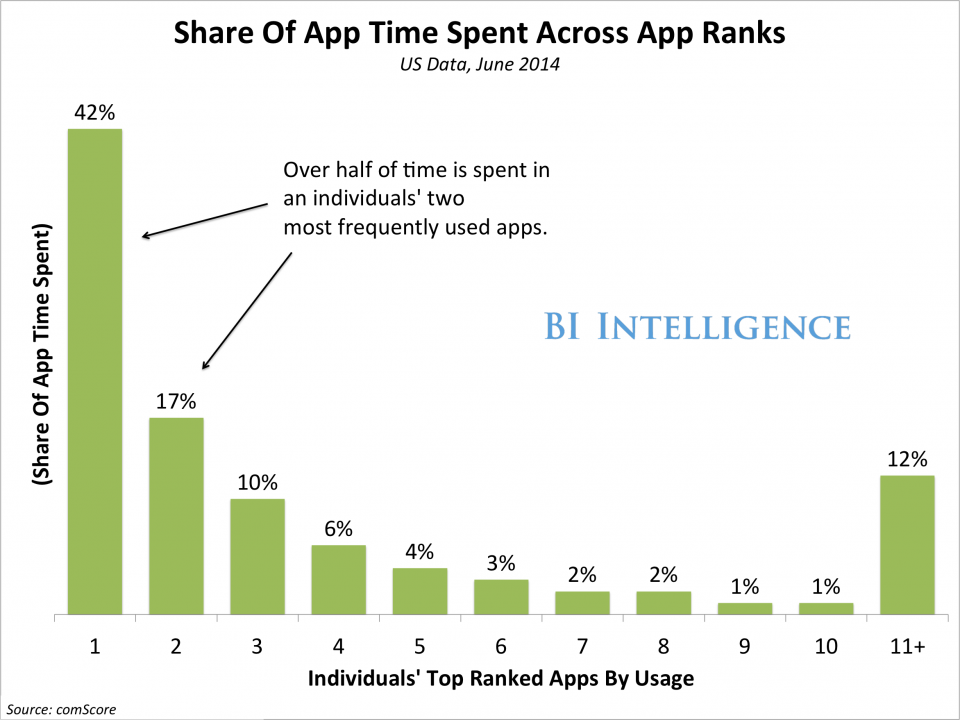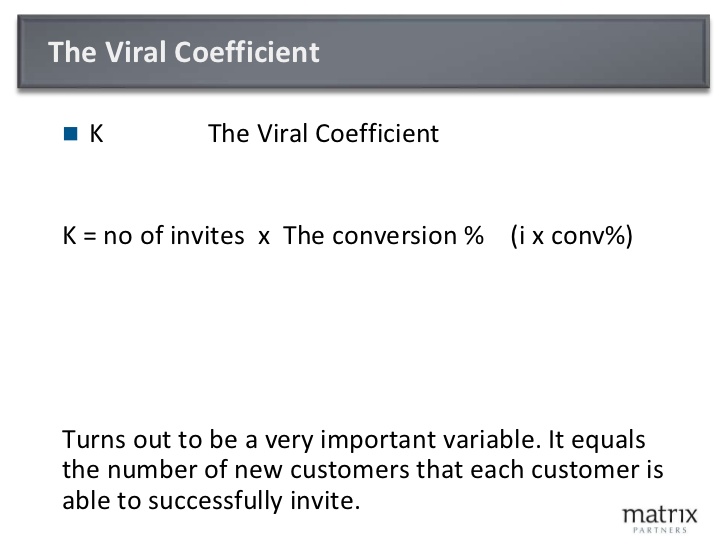This is part 2 of a 3-part series on mobile app metric best practices. Part 1 was Usage Metrics. Look for part 3, Revenue Metrics, in our next blog post.
Month: March 2015
So, if you don’t know where to get started with a blueprint for your app, Rocket Farm Studios can take the pressure off.
Mobile App Metrics Part 1: 5 Usage Metrics
1. Downloads by Country
If you’ve ever wondered why Transformers movies keep getting made even with a Rotten Tomato rating of 18%, check out these stats from BoxOfficeMojo for the last movie:
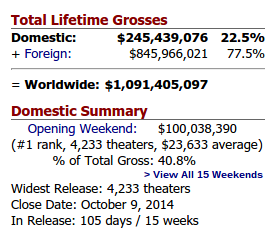 It’s not really the US market that bolsters this franchise, it’s the international market that made up the bulk of the revenue. Though the movies aren’t loved by US critics or audiences, the executives know they can still make a killing overseas.
It’s not really the US market that bolsters this franchise, it’s the international market that made up the bulk of the revenue. Though the movies aren’t loved by US critics or audiences, the executives know they can still make a killing overseas.
Likewise, pay attention to the countries where you’re seeing the most downloads. Knowing your game is big in Japan can help you pivot strategy quickly in order to maximize revenue. Do you need to translate the game? Can you buy ad space on other games popular in Japan? Conversely, seeing lagging downloads in major countries can tell you that your current marketing strategy isn’t working.
2. Daily & Monthly Average Users
The DAU and MAU metrics are similar but give you very different insights. The DAU is a leading indicator of churn rate. A low DAU means that your app is not immediately making an impact in your user’s usage pattern and is ultimately forgettable. You want to aim for a DAU of 10% of downloads as a general rule of thumb; this is a healthy number that shows that your app is useful to a significant portion of your user base.
MAU speaks to long term stickiness, which leads directly to user retention. Depending on your app vertical, you’ll want to make sure your MAU is in line with the average, about 30% of downloads, if not better. Don’t forget that you should be counting uniqueusers for this metric and that they’re only counted when they take an action other than simply opening up the app.
Many analytics sites will say the DAU/MAU ratio is the statistic to pay attention to (and to aim for 33%), but again it all depends on your app category. For example, a magazine app that releases once a month will skew this stat.
3. Retention Over 1, 7, 30 Days
While retention numbers vary wildly between app categories (ie dating apps vs weather apps), in general only about 14% of users stuck around after the first day of downloading an app. After 7 days, retention drops to 10%, then 2.3% after 30 days. While these numbers seem abysmal, remember that the barrier of entry for users is very low — it’s just a click for them — but app downloads are a numbers game, and increasing this statistic by even one percent is meaningful. A submetric for retention, frequency of use, can be tracked on a day-to-day basic to determine engagement as a leading indicator of retention. Again, keep in mind the difference between app categories.
Side note, surprisingly Android has a better retention rate than Apple:
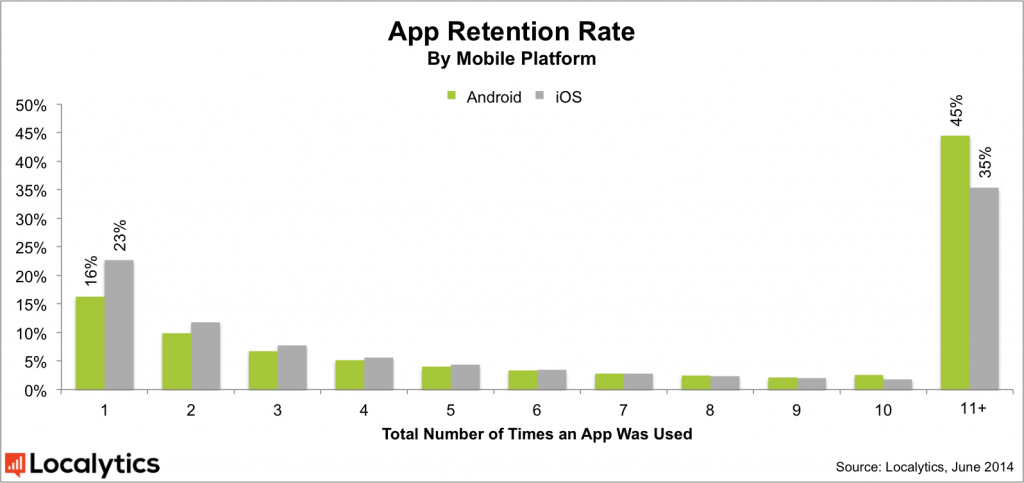
Source: Localytics
4. Session Intervals
Knowing how often your app is used is akin to whether your app is actually successful or not. A good way to measure frequency of use is to measure session intervals (the time between user activity) for the simple reason that some apps are never relaunched. Choose a minimum time between sessions, say 30 minutes of inactivity, so any new activity after 30 minutes counts as a new session.
The more frequently your app is used, the more likely your retention numbers will go up. Keep a close eye on your frequency of use metric in context of what is appropriate for the category of your app. For example, a social networking app should be used at least once a day, while a medical app may only be used once every few weeks. Statista has a good chart of how frequently apps in various categories are used each month.
5. Session Length
Session length is the other side of the coin to session interval: you want to know how long users actually spend using your app as much as you want to know how long it takes for them to come back. Measure session length (from app open to a set period of inactivity) meticulously for insights into how effective your app is in retaining your user’s attention.
For example, if your average session length for your game is 2 minutes, but it takes 3 minutes to complete a round, you know you have a big problem keeping the user engaged.
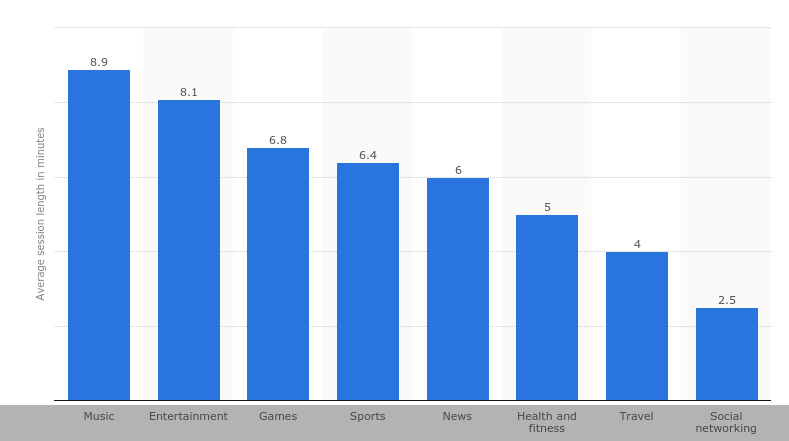
Source: Statista
There you have it, 5 usage metrics to track so you’ll have hard data on how much (or little) users are enjoying their experience with your app. To get these metrics, you’ll need to carefully instrument your app with an analytics package that isolates interactions down to the page view, especially since on that level you’ll get a wealth of information about how the app is actually being used (ie. where engagement really takes place). Start tracking these 5 key metrics from the initial release of your app for the best results.
Stay tuned for our part 2 of our metric series: tracking customer acquisition costs.
For more insights into the mobile app industry, follow our Twitter,Facebook, LinkedIn or RSS feeds.
So, if you don’t know where to get started with a blueprint for your app, Rocket Farm Studios can take the pressure off.
Mobile Tea Meet Up: 3/19 @ 6pm

Dan will be presenting at Mobile Tea tomorrow on the 3 Principles of Modern App Design. If you’re looking for a synopsis of how to fundamentally think through design when creating your app, please join us for the talk (and for the food and drinks!)
Mobile Tea
March 19th @ 6pm
McGraw-Hill Education Labs
281 Summer Street, Boston MA
See you there!
So, if you don’t know where to get started with a blueprint for your app, Rocket Farm Studios can take the pressure off.
Yes, Apple Watch is a Luxury Item. For Now.
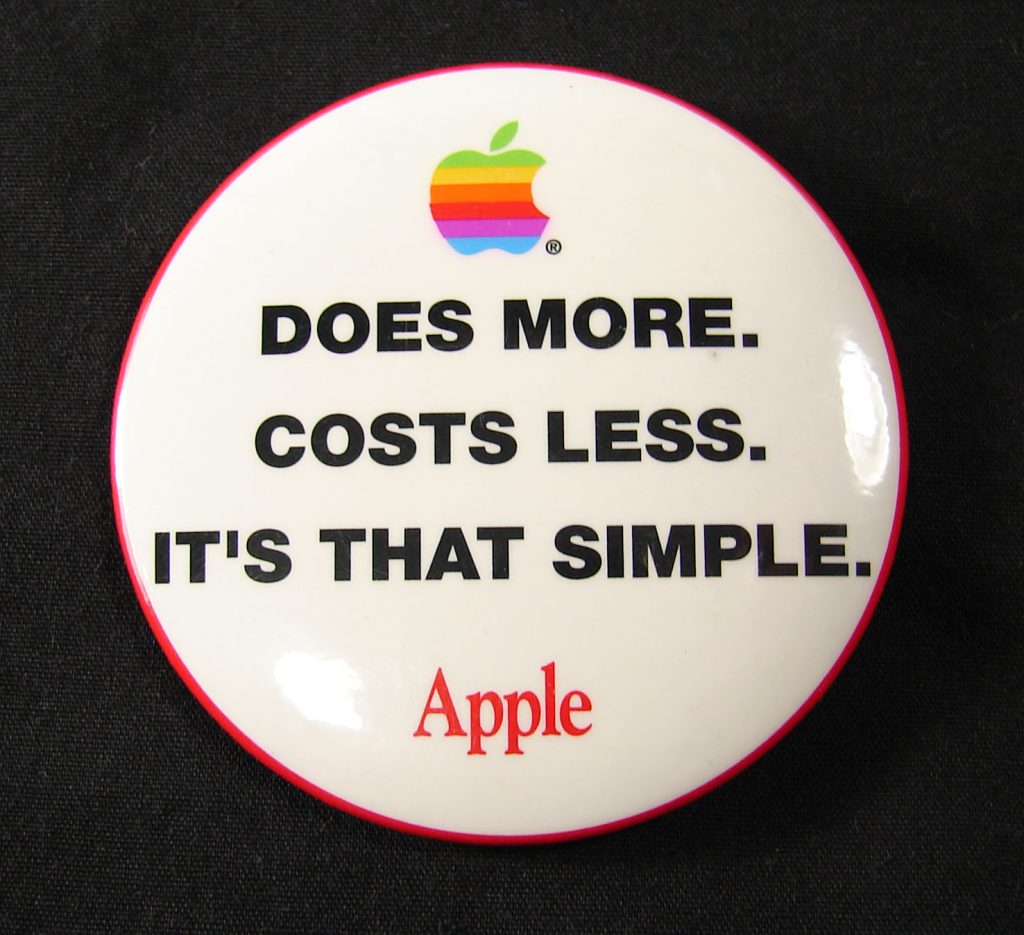
Raise your hand if you’re old enough to remember the Apple that used to tout this motto in the picture above. Been a long time since then, hasn’t it? Well, companies change. After all, Coke used to have actual cocaine in it. Over the years, Apple has gone from the people’s computer to somewhat of a luxury brand.
The advent of the new Apple Watch seemingly solidified Apple’s place in people’s eyes (and their wrist) as a company catering to the 1 percent. Starting at an already hefty $349, the watch must be paired with an iPhone 5 and up, running the latest iOS 8. While technically you could get a “free” iPhone 5c by locking yourself into a carrier contact that subsidizes the phone, the reality is that Apple Watch users will be paying for two expensive pieces of hardware for one to fully function.
So. Are they nuts?
It’s the same Apple story. Nothing to see here.
Despite all the fun memes that are already popping up poking fun at the supposed absurdity of wearing gear destined for obsolescence in a few years, the Apple Watch isn’t anything different from the debut of the iPhone. The first review on Engadget worried about the “steep price of admission” and signing a 2-year contract with AT&T. Gizmodo suggested everyone wait to buy until an updated version comes out. Don’t forget, the first iPhones were $499 and $599 upon release before a big price cut shortly thereafter. And those were 2007 dollars.
But the original iPhone sold like gangbusters because it was an incredible device and early adopters (the number of which surprised everyone) gave such great word-of-mouth reviews. It was a luxury item, but there was a market for it, and Apple learned that people were willing to not only shell out the bucks to be the first ones holding their gear, but take pride in being pioneers in a new wave of technology. Call it the “Cult of Apple,” but it’s just brand loyalty at its finest.
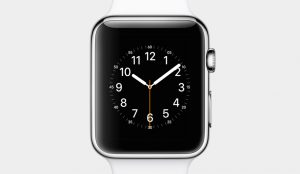
With the Apple Watch, Apple is just running with a formula that has worked for them with the iPod, iPhone, and iPad. Namely, release a good product as a luxury item, then iterate and scale back costs to eventually make it affordable to everyone. Would anyone consider an iPod or iPhone luxury items anymore? Not really, since you can get a Shuffle for $49 and an iPhone for free. Only the iPad may still be considered a luxury item, but an iPad mini is a decent bargain at $249 with all it can do as a personal computer.
So jump three years from now and we’ll be looking back and scoffing about the Apple Watch’s high initial price while $99 models are rolled out. It’s inevitable if you look at Apple’s history.
Changing customer behavior, once again.
The real question is whether Apple can, yet again, convince people to change their consumption behavior. Before the iPhone, cell phones were less disposable. Remember, the best selling cell phone before the iPhone was the Motorola RAZR, which was the top model for five years without any radical redesigns. While the actual lifecycle of a RAZR and an iPhone may be comparable, iOS upgrades and new models started coming every 6-9 months which eventually changed consumer behavior from holding onto a phone for a number of years, to upgrading hardware almost annually. Apple changed how people buy cell phones.
Today, it’s odd to think about replacing a wristwatch every few years. Even on the low end, watches last a decade and often it’s just the battery that needs replacing. Can Apple change customer behavior again, convincing people to upgrade technology that we’re not accustomed to upgrading?
It remains to be seen, and it’s the most important question to ask in the conversation of whether Apple Watches can sustain itself as anything other than a niche luxury item. Even if prices come down to $99 a pop, will people be willing to upgrade every couple years? Apple is betting that they will. Fortunately for them, they’ve been right about this many times already.
For more insights into the mobile app industry, follow our Twitter,Facebook, LinkedIn or RSS feeds.
So, if you don’t know where to get started with a blueprint for your app, Rocket Farm Studios can take the pressure off.
Follow the Paper Trail: Monetizing Apps in Unexpected Ways
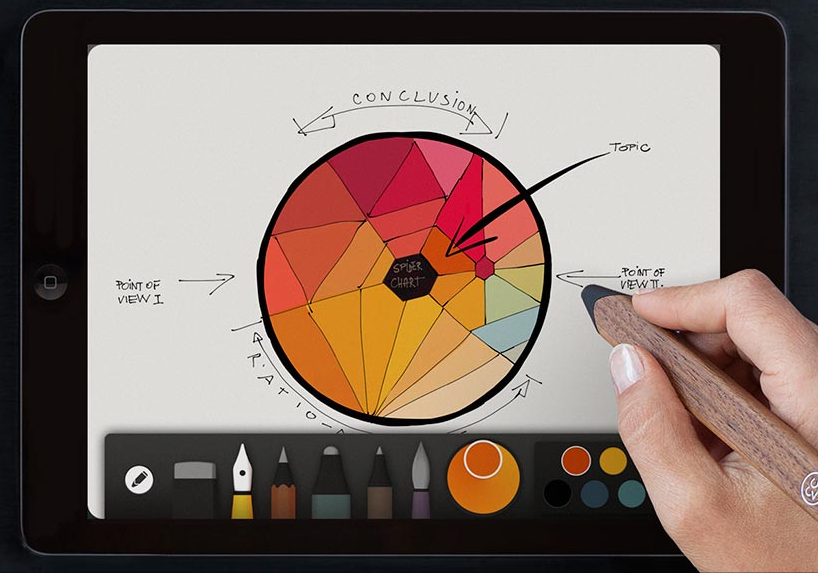
Source: fiftythree.com
Paper, a drawing/sketching/painting app by FiftyThree, caused a small commotion in February by making all of their tool upgrades free. Previously, artists would have to shell out a few extra bucks for tools such as Sketch, Outline, and Mixer (for color) and many fans of Paper were happy to receive a load of great features for no charge.
What’s interesting is the reason FiftyThree’s CEO, Georg Petschnigg gave for this move, saying “Pencil has been doing phenomenally well.” Pencil is the company’s beautiful, Bluetooth stylus that works with the Paper app and with other apps as well. It is the only stylus sold in Apple stores and the top selling stylus on Amazon.com. In essence, FiftyThree is selling so many of their high end stylus, they can afford to give away their full-featured app for free, to attract new customers.
Keep in mind, Pencil was launched well over a year after Paper. It’s unlikely anyone over at FiftyThree predicted how popular their stylus would be, to the point where it is the major revenue source for the company over their flagship app that took the App Store by storm. While they won’t reveal any numbers, Petschnigg gave this great quote that more app developers should not only keep in mind, but strive to emulate:
“For us the mission is still clear. We want to make creativity and productivity more accessible. That will never change. Now our business model, that can evolve.”
What a great and simple statement. Petschnigg reaffirms his company’s commitment to their original vision and purpose with their app, but acknowledges that hey, when it comes to making money, whatever works.
This recalls when Rovio’s Angry Birds was the hottest thing on everyone’s smartphone. While the $.99 game was a big payday due to the popularity of the game, in 2012 the physical goods Rovio sold with the Angry Birds brand brought in an estimated 50% of their revenue. They smartly realized that there was a goldmine of merchandising opportunities with birds and pigs and soon the basic game was free to download to attract more fans who would recognize their brand.
As you get ready to design and launch your app, keep FiftyThree in mind and not only be open to new streams of revenue aside from the usual methods of ads, in-app purchases, and affiliate installs; but actively search for them. Your cute logo or mascot could become popular IRL (thus, always a good idea to invest in the look of your app — you never know what the public might fall in love with) or you could take over an entire accessory market like FiftyThree did. Think outside the app.
For more insights into the mobile app industry, follow our Twitter,Facebook, LinkedIn or RSS feeds.
So, if you don’t know where to get started with a blueprint for your app, Rocket Farm Studios can take the pressure off.

